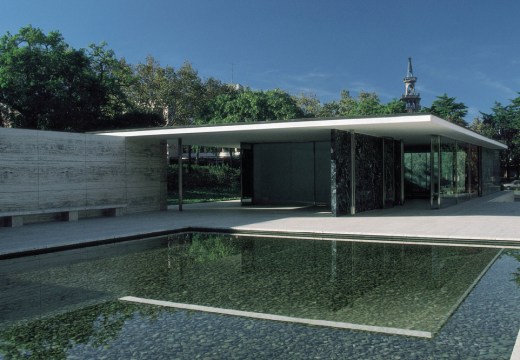Architecture has always been a reflection of cultural identity, showcasing the unique characteristics and values of a society. In recent years, there has been an increasing trend towards architectural copies and cover versions, raising questions about their purpose and impact on our built environment.
A Tribute to Cultural Heritage
Architectural replicas serve as a homage to our rich cultural heritage, allowing us to experience iconic structures from different eras. These faithful reproductions not only preserve historical landmarks but also provide valuable educational opportunities for future generations. By meticulously recreating architectural masterpieces, we can appreciate the craftsmanship and ingenuity of past civilizations.
Innovation or Imitation?
While some argue that architectural copies are mere imitations lacking originality, others view them as innovative adaptations that reinterpret traditional designs in contemporary contexts. These adaptations often incorporate modern materials and construction techniques while maintaining the essence of the original structure. Such creative endeavors bridge the gap between tradition and innovation, breathing new life into timeless architectural forms.
A Global Dialogue through Architecture
The proliferation of architectural replicas across different countries fosters a global dialogue among diverse cultures. It allows societies to engage in conversations about shared histories and influences while celebrating their own unique identities. Through these replicated structures, people can explore various architectural styles without leaving their own communities – promoting cross-cultural understanding and appreciation.
Capturing Timeless Beauty
Architectural copies also play a vital role in preserving endangered or destroyed buildings that hold significant historical value. By reconstructing these lost treasures with meticulous attention to detail, we ensure that their beauty is not forgotten by future generations. Moreover, such replicas become symbols of resilience against adversity – reminding us of our ability to rebuild even in the face of destruction.
Conclusion
In a world where architectural copies and cover versions are becoming increasingly prevalent, it is essential to recognize their significance beyond mere replication. These replicas pay tribute to our cultural heritage, foster innovation in design, promote global dialogue, and preserve the beauty of endangered structures. As we continue to navigate the evolving landscape of architecture, let us embrace these adaptations as valuable contributions to our built environment.

